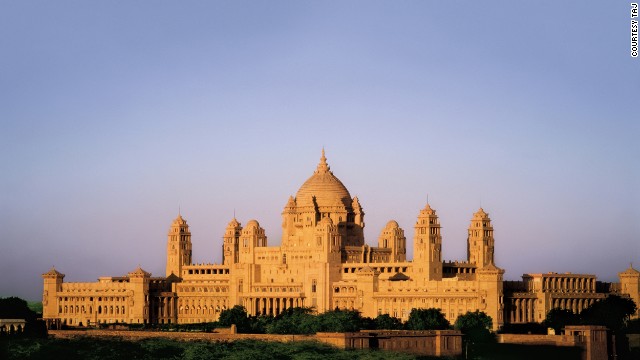In the Indian city of
Jodhpur however, one regal residence has parted with ancient convention
and opened its doors to visitors from across the globe.
For the princely sum of $450 a night, travelers can snap up a basic suite in the spectacular Umaid Bhavan.
The elaborate 347-room palace is home to the Maharaja of Jodhpur, and is one of the largest private residences in the world.
After the Indian
government abolished privy purses (a regular allowance the state gave
royal families) in 1972, the Maharaja sought to cut costs and converted a
third of the palace into a luxury hotel.
This section of the building now contains 64 luxury suites operated by hotel giant, the Taj Group.
"It's as if you are
stepping back in time and you can have that same experience but with air
conditioning, with WiFi and your Grohe shower head," said Raymond
Bickson, managing director and CEO of the Taj Group.
Across India, many other
former royal households and stately buildings have opened up in a
similar way, taking advantage of the country's burgeoning tourist trade.
The practice has helped
maintain the architectural splendor of the palaces in question whilst
providing an authentic way for travelers to experience India's rich
cultural heritage -- if they have the money.
 The spectacular sandstone exterior
of the Umaid Bhavan palace in the state of Rajasthan, northwest India.
Still the primary residence of the royal Maharaja of Jodhpur, a third of
the facility was transformed into a hotel in 1972.
The spectacular sandstone exterior
of the Umaid Bhavan palace in the state of Rajasthan, northwest India.
Still the primary residence of the royal Maharaja of Jodhpur, a third of
the facility was transformed into a hotel in 1972.
No comments:
Post a Comment